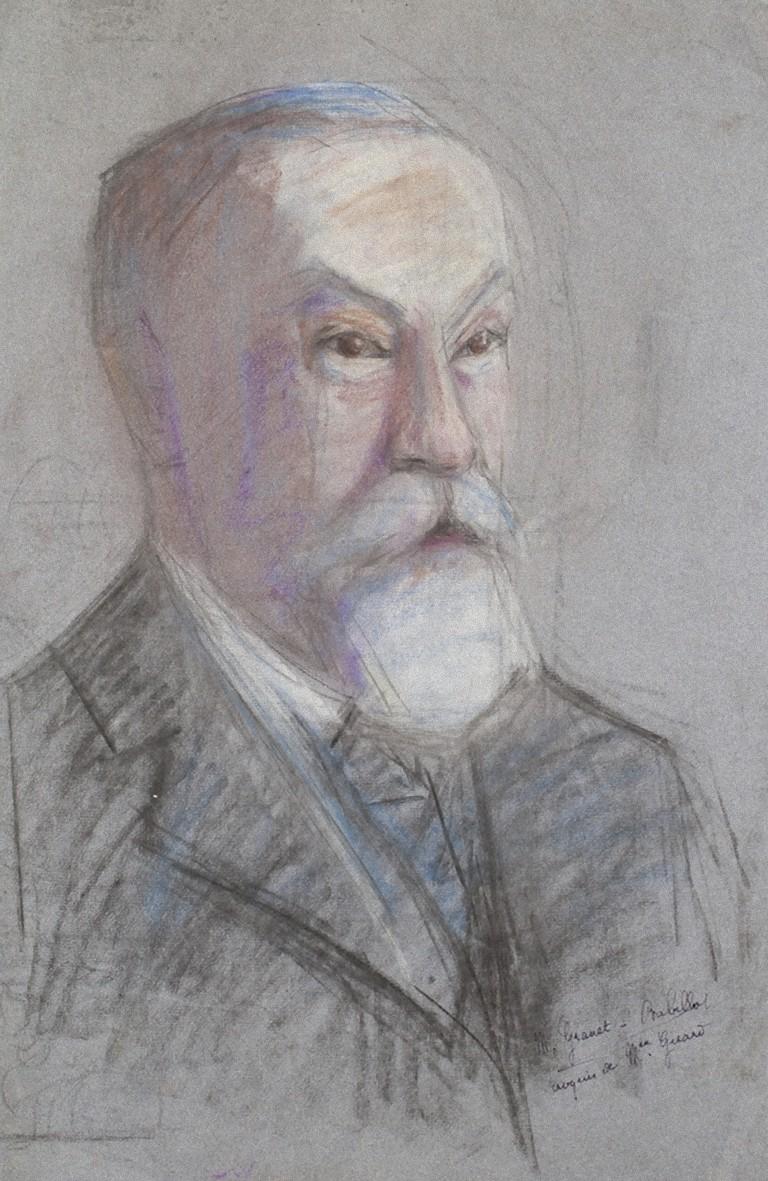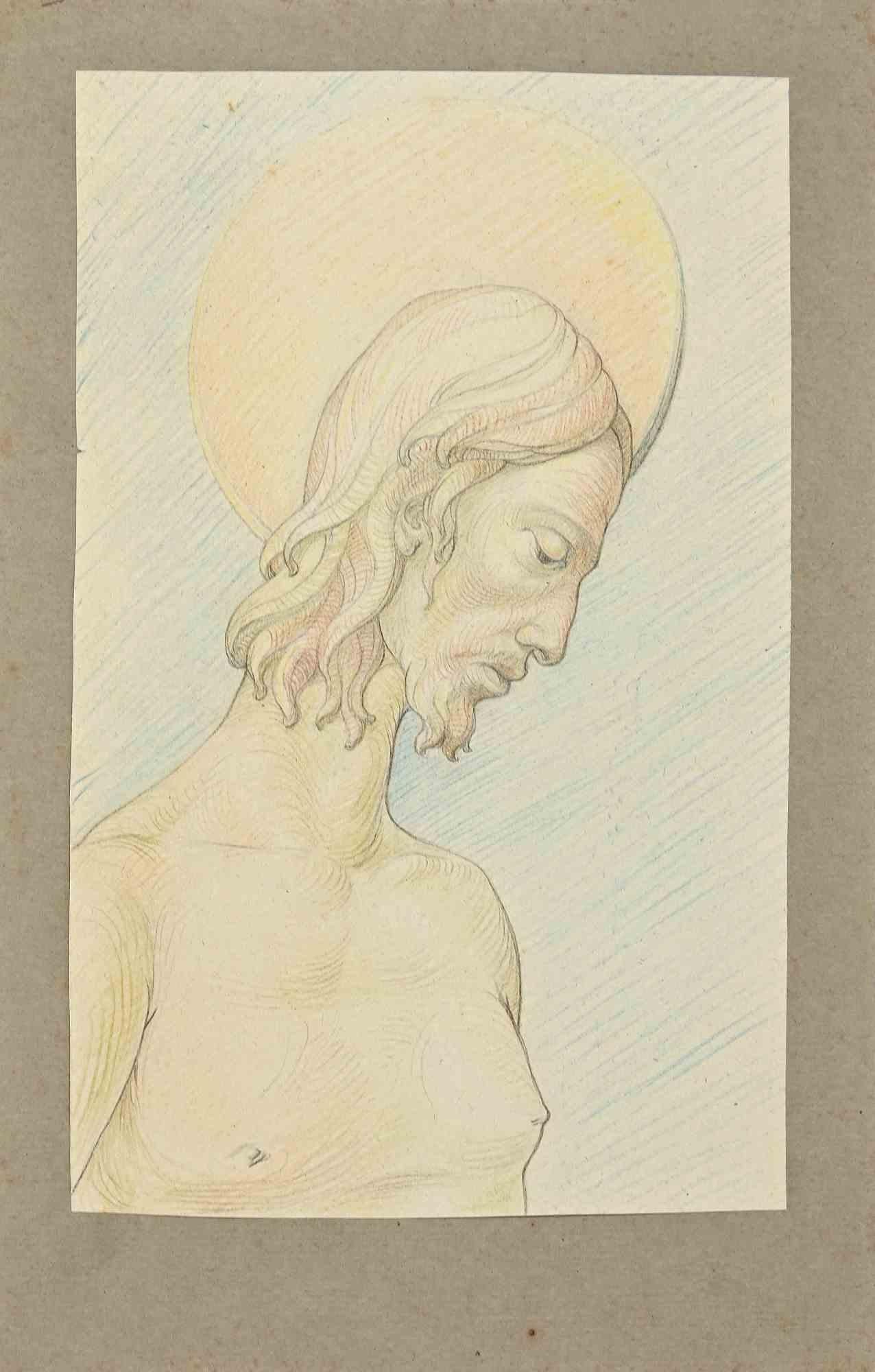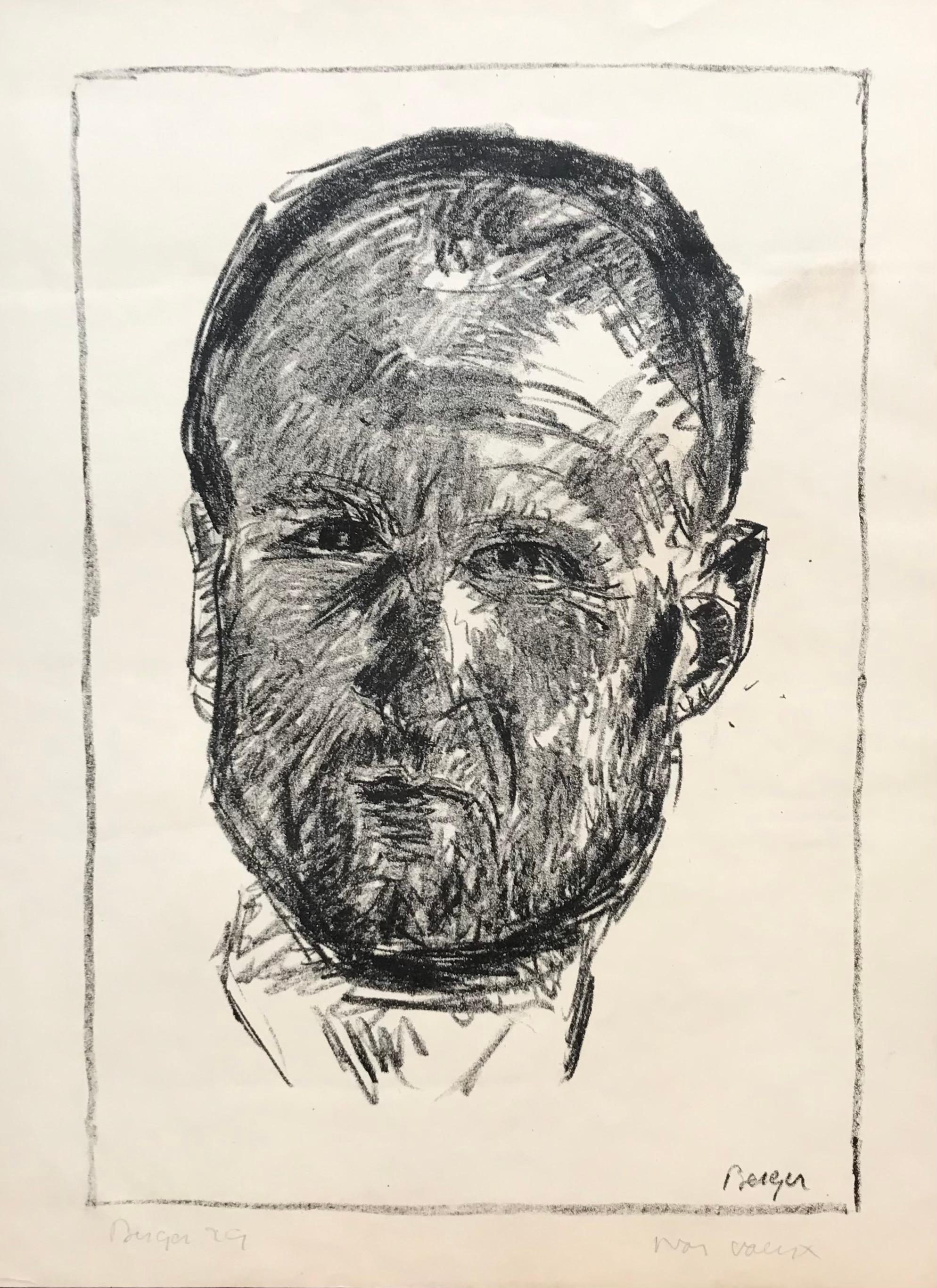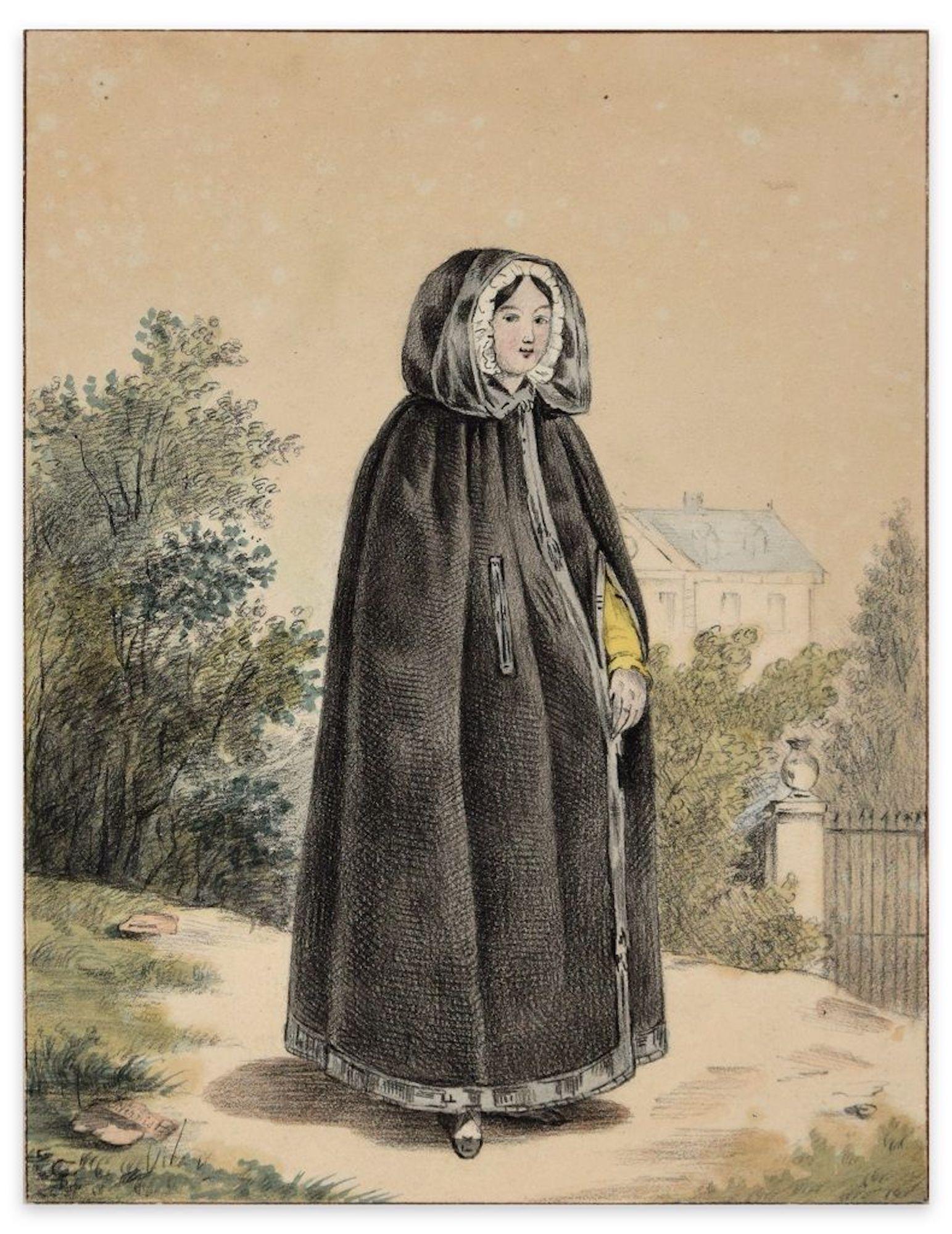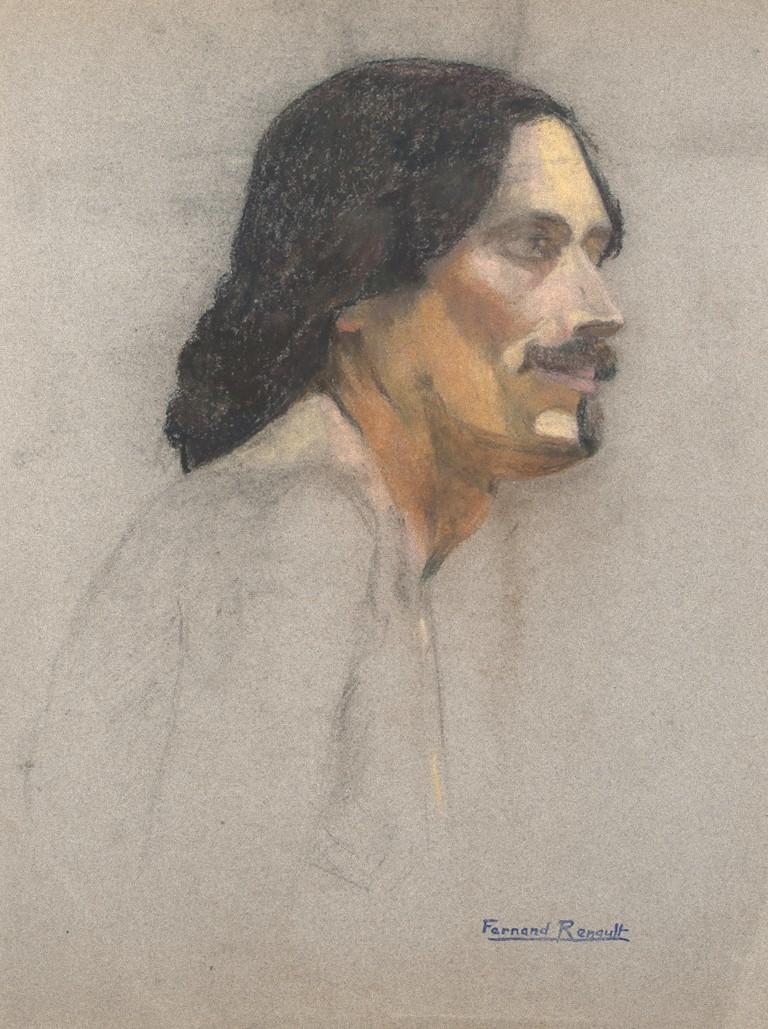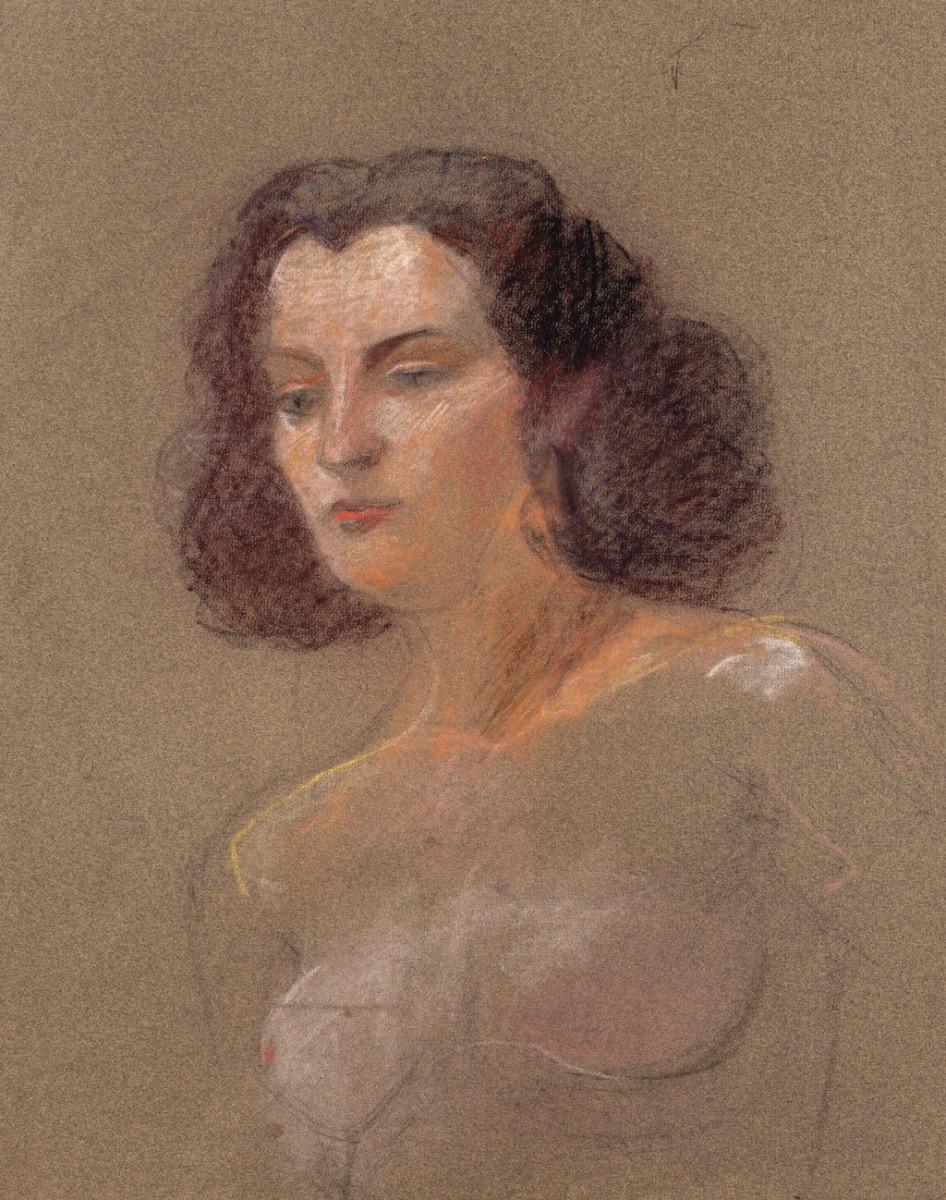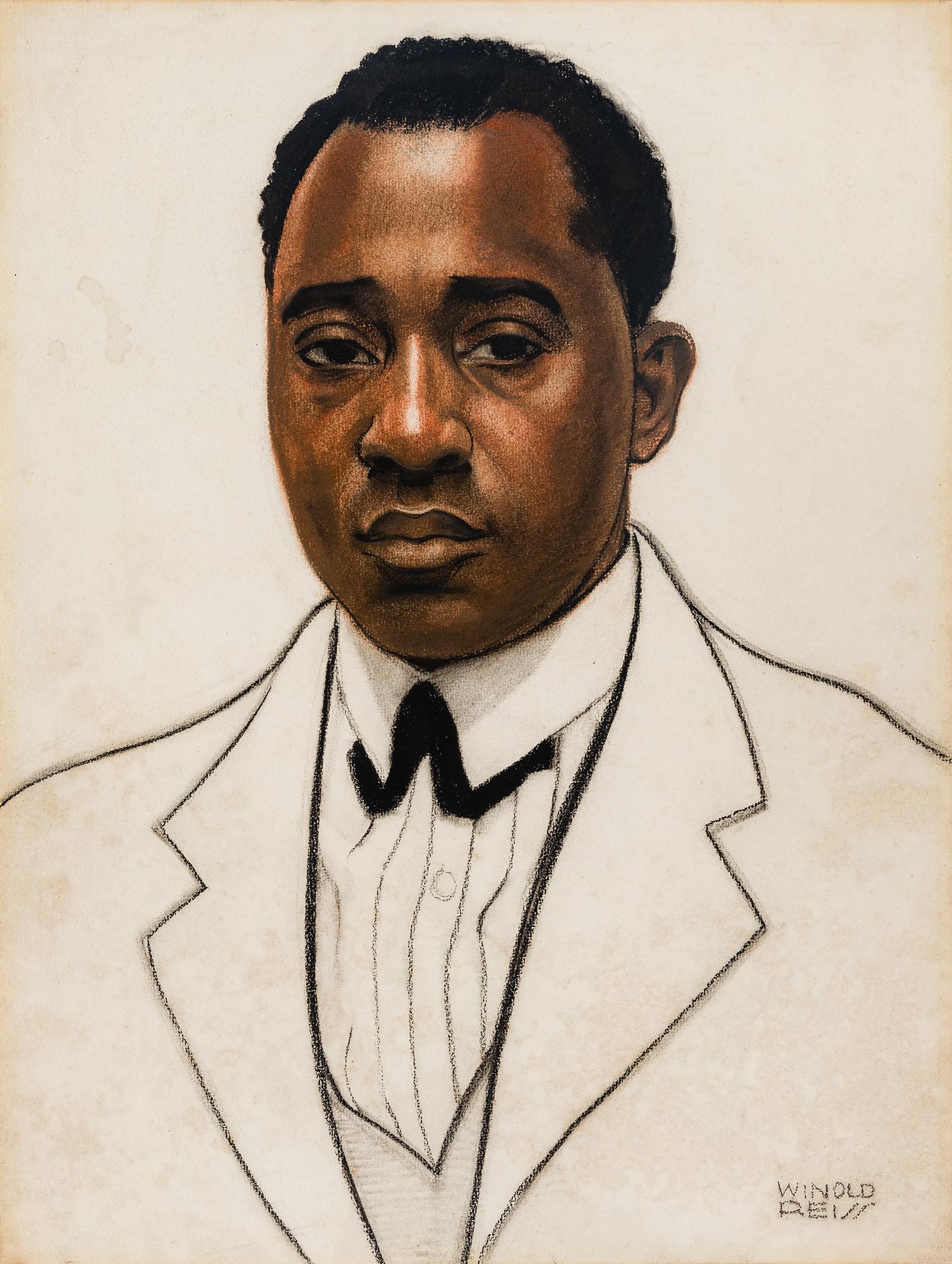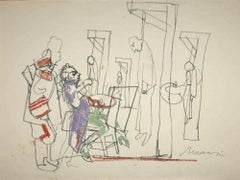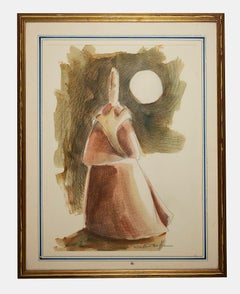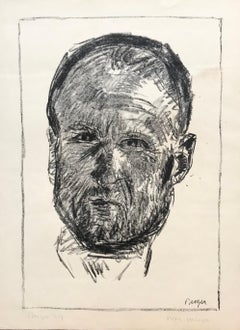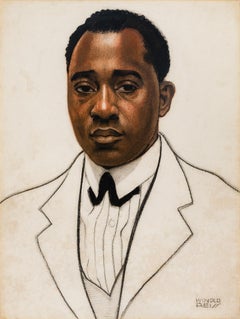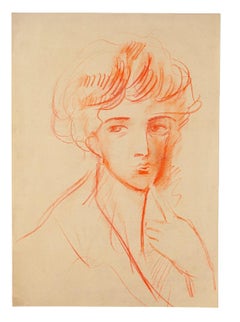
Female Portrait - Original Pastel by Gustave Bourgogne - Mid-20th Century
View Similar Items
Want more images or videos?
Request additional images or videos from the seller
1 of 5
Gustave BourgogneFemale Portrait - Original Pastel by Gustave Bourgogne - Mid-20th CenturyMid-20th Century
Mid-20th Century
About the Item
- Creator:Gustave Bourgogne (1888 - 1968, French)
- Creation Year:Mid-20th Century
- Dimensions:Height: 20.08 in (51 cm)Width: 14.18 in (36 cm)Depth: 0.04 in (1 mm)
- Medium:
- Movement & Style:
- Period:
- Framing:Framing Options Available
- Condition:Insurance may be requested by customers as additional service, contact us for more information.
- Gallery Location:Roma, IT
- Reference Number:Seller: M-1111801stDibs: LU65037316812
About the Seller
4.9
Platinum Seller
These expertly vetted sellers are 1stDibs' most experienced sellers and are rated highest by our customers.
1stDibs seller since 2017
6,767 sales on 1stDibs
Typical response time: 2 hours
More From This SellerView All
- The Execution - Drawing by Mino Maccari - Mid-20th CenturyBy Mino MaccariLocated in Roma, ITThe Execution is an Original Drawing in pastel and pencil on creamy-colored paper realized by Mino Maccari in the mid-20th century. Hand-signed by the artist on the lower. Good con...Category
Mid-20th Century Modern Figurative Drawings and Watercolors
MaterialsPastel, Pencil
- The Figures Sketches - Drawing By Norbert Meyre - Mid 20th CenturyLocated in Roma, ITThe Figures Sketches is an original Drawing on paper realized by the French painter Norbert Meyre in the mid-20 century. Drawing in pencil and pen an...Category
Mid-20th Century Modern Figurative Drawings and Watercolors
MaterialsPencil, Pastel, Pen
- The Cardinal - Drawing by Giovanni Boffa - 1980sLocated in Roma, ITThe Cardinal is an original artwork realized by Giovanni Boffa in 1980s. Mixed colored drawing on paper. Includes wooden frame: 55 x 2 x 44 cm Hand signed on the lower margin.Category
1980s Modern Figurative Drawings and Watercolors
MaterialsWatercolor, Paper, Pastel
$494 Sale Price25% Off - Landscape in Lagny - Original Drawing by Paul Alouard-Carny - 1936Located in Roma, ITLandscape in Lagny is an Original Pastel and Watercolour realized by Paul Alouard-Carny (1884-1961) in 1936. Good condition on a yellowed paper. Hand-signed by the artist on the lo...Category
1930s Modern Figurative Drawings and Watercolors
MaterialsPastel, Watercolor
- Nude - Drawing by Carlo Mattioli - 1958Located in Roma, ITNude is an original modern artwork realized by Carlo Mattioli in 1958. Mixed colored pastel drawing on canvas. Hand signed and dated on the lower marg...Category
1950s Modern Figurative Drawings and Watercolors
MaterialsPastel
- Landscape in Lagny - Original Drawing by Paul Alouard-Carny - 1936Located in Roma, ITLandscape in Lagny is an Original Pastel and Watercolour realized by Paul Alouard-Carny (1884-1961) in 1936. Good condition on a yellowed paper. Hand-signed by the artist on the lo...Category
1910s Modern Figurative Drawings and Watercolors
MaterialsPastel
You May Also Like
- Spanish folk dance Jota pastel drawingBy Alfredo OpissoLocated in Barcelona, BarcelonaAlfredo Opisso Cardona (1907-1980) - Jota - Pastel Measures work 46x36cm. Frame measures 65x55 cm.Category
1960s Modern Figurative Drawings and Watercolors
MaterialsPastel
- Portrait of a man by Hans Berger - Pastel on paper 37x50 cmLocated in Geneva, CHWork on paperCategory
1920s Modern Portrait Drawings and Watercolors
MaterialsPastel
- Portrait of Robert Nathaniel Dett (1882-1943)By Winold ReissLocated in New York, NYSigned (at lower right): WINOLD/REISSCategory
20th Century American Modern Portrait Drawings and Watercolors
MaterialsPastel
Price Upon Request - Japanese GirlBy Winold ReissLocated in New York, NYSigned (at lower right): WINOLD/REISSCategory
20th Century American Modern Portrait Drawings and Watercolors
MaterialsPastel
Price Upon Request - Rare Modernist Hungarian Rabbi Pastel Drawing Gouache Painting Judaica Art DecoBy Hugó ScheiberLocated in Surfside, FLRabbi in the synagogue at prayer wearing tallit and tefillin. Hugó Scheiber (born 29 September 1873 in Budapest – died there 7 March 1950) was a Hungarian modernist painter. Hugo Scheiber was brought from Budapest to Vienna at the age of eight where his father worked as a sign painter for the Prater Theater. At fifteen, he returned with his family to Budapest and began working during the day to help support them and attending painting classes at the School of Design in the evening, where Henrik Papp was one of his teachers. He completed his studies in 1900. His work was at first in a post-Impressionistic style but from 1910 onward showed his increasing interest in German Expressionism and Futurism. This made it of little interest to the conservative Hungarian art establishment. However, in 1915 he met the great Italian avant-gardist Filippo Tommaso Marinetti and the two painters became close friends. Marinetti invited him to join the Futurist Movement. The uniquely modernist style that he developed was, however, closer to German Expressionism than to Futurism and eventually drifted toward an international art deco manner similar to Erté's. In 1919, he and his friend Béla Kádar held an exhibition at the Hevesy Salon in Vienna. It was a great success and at last caused the Budapest Art Museum to acquire some of Scheiber's drawings. Encouraged, Scheiber came back to live in Vienna in 1920. A turning point in Scheiber's career came a year later, when Herwarth Walden, founder of Germany's leading avant-garde periodical, Der Sturm, and of the Sturm Gallery in Berlin, became interested in Scheiber's work. Scheiber moved to Berlin in 1922, and his paintings soon appeared regularly in Walden's magazine and elsewhere. Exhibitions of his work followed in London, Rome, La Paz, and New York. Scheiber's move to Germany coincided with a significant exodus of Hungarian artists to Berlin, including Laszlo Moholy-Nagy and Sandor Bortnyik. There had been a major split in ideology among the Hungarian avant-garde. The Constructivist and leader of the Hungarian avantgarde, Lajos Kassák (painted by Hugó Scheiber in 1930) believed that art should relate to all the needs of contemporary humankind. Thus he refused to compromise the purity of his style to reflect the demands of either the ruling class or socialists and communists. The other camp believed that an artist should be a figurehead for social and political change. The fall out and factions that resulted from this politicisation resulted in most of the Hungarian avant gardists leaving Vienna for Berlin. Hungarian émigrés made up one of the largest minority groups in the German capital and the influx of their painters had a significant effect on Hungarian and international art. Another turning point of Scheiber's career came in 1926, with the New York exhibition of the Société Anonyme, organized by Katherine Dreier. Scheiber and other important avant garde artists from more than twenty-three countries were represented. In 1933, Scheiber was invited by Marinetti to participate in the great meeting of the Futurists held in Rome in late April 1933, Mostra Nazionale d’Arte Futurista where he was received with great enthusiasm. Gradually, the Hungarian artists began to return home, particularly with the rise of Nazism in Germany. Kádar went back from Berlin in about 1932 and Scheiber followed in 1934. He was then at the peak of his powers and had a special flair in depicting café and cabaret life in vivid colors, sturdily abstracted forms and spontaneous brush strokes. Scheiber depicted cosmopolitan modern life using stylized shapes and expressive colors. His preferred subjects were cabaret and street scenes, jazz musicians, flappers, and a series of self-portraits (usually with a cigar). his principal media being gouache and oil. He was a member of the prestigious New Society of Artists (KUT—Képzőművészek Új Társasága)and seems to have weathered Hungary's post–World War II transition to state-communism without difficulty. He continued to be well regarded, eventually even receiving the posthumous honor of having one of his images used for a Russian Soviet postage stamp (see image above). Hugó Scheiber died in Budapest in 1950. Paintings by Hugó Scheiber form part of permanent museum collections in Budapest (Hungarian National Museum), Pecs (Jannus Pannonius Museum), Vienna, New York, Bern and elsewhere. His work has also been shown in many important exhibitions, including: "The Nell Walden Collection," Kunsthaus Zürich (1945) "Collection of the Société Anonyme," Yale University Art Gallery, New Haven, Connecticut (1950) "Hugó Scheiber: A Commemorative Exhibition," Hungarian National Museum, Budapest (1964) "Ungarische Avantgarde," Galleria del Levante, Munich (1971) "Paris-Berlin 1900-1930," Centre Georges Pompidou, Paris (1978) "L’Art en Hongrie, 1905-1920," Musée d’Art et l’Industrie, Saint-Etienne (1980) "Ungarische Avantgarde in der Weimarer Republik," Marburg (1986) "Modernizmus," Eresz & Maklary Gallery, Budapest (2006) "Hugó Scheiber & Béla Kádár," Galerie le Minotaure, Paris and Tel Aviv (2007) Hugó Scheiber's paintings continue to be regularly sold at Sotheby's, Christie's, Gillen's Arts (London), Papillon Gallery (Los Angeles) and other auction houses. He was included in the exhibition The Art Of Modern Hungary 1931 and other exhibitions along with Vilmos Novak Aba, Count Julius Batthyany, Pal Bor, Bela Buky, Denes Csanky, Istvan Csok, Bela Czobel, Peter Di Gabor, Bela Ivanyi Grunwald, Baron Ferenc Hatvany, Lipot Herman, Odon Marffy, C. Pal Molnar...Category
Early 20th Century Modern Figurative Paintings
MaterialsPaper, Charcoal, Pastel, Watercolor, Gouache
- Translucent Boy, 20th Century British Artist, Pastel PortraitBy Peter GardnerLocated in London, GBPastel on paper Image size: 6 x 7 inches (15.25 x 17.75 cm) Mounted Peter Gardner Peter Gardner was born in London in 1921. He studied at the Hammersmith School of Art between 193...Category
Early 20th Century Modern Portrait Drawings and Watercolors
MaterialsPaper, Pastel
